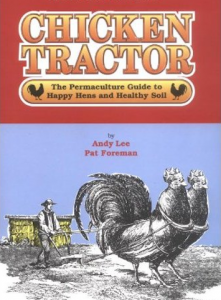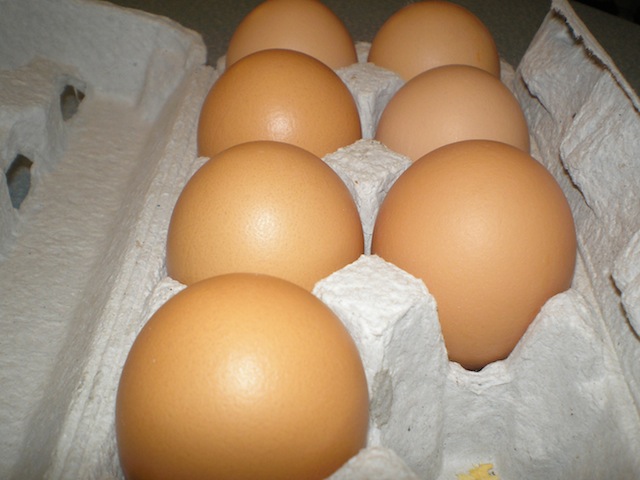GUEST POST by Maureen Lefebvre
We left our beloved Pritchard homestead under less than ideal circumstances. Fifteen acres, river front, cows, chickens, hayfields, barn and shop. We had it all. The story of that parting is best told in person over a cup of hot tea.
We had made the decision to move into town, but my line in the sand was drawn. I WOULD have my chickens. And so began the search for the ideal house with the ideal bit of town property suitable for a backyard chicken coop. Internet searches and phone calls to city hall revealed that indeed, you needed to have at least one acre to have chickens. Deeper reading of past city council discussions brought up comments indicating that if neighbors didn?t pose a problem, bylaw officers wouldn?t come pounding on your door demanding to confiscate your birds. In any case, the house we ended up with is in rural Barnhartvale, on not quite one acre, with neighbors who are used to horses and dogs, bears and deer. A few chickens wouldn?t upset the ecological balance.
The problem now became what to house these birds in. Our previous property came with a father-in-law who was quite the handyman. He built a sturdy chicken coop and pen that served us well for years. However, he wasn?t making the move with us. So we began the three part journey to chicken ownership satisfaction ? a journey that hasn?t quite ended four years after we started.
My handy teenage son was recruited to build our first chicken home. We home school and this satisfied his love for carpentry, especially when he could be outside pounding nails instead of inside writing. Based on the concept by Andy Lee a chicken tractor was soon in the conceptual stage. After much discussion and pages of graph paper designing, we soon had a rectangular, floor-less box moving its way across our back yard. This box was 8 feet by 4 feet by 30 inches. One half was an open pen. The other half was closed in with an attached nest box and a roost. The water and food containers sat on the ground. Both halves had lift-able lids with handles. The lid of the open pen was chicken wire.
By moving the pen to fresh grass every few days this size was plenty for the three chickens that we acquired from a Vernon farmer. I chose to keep the flock to three so as to perhaps be a prototype for an urban chicken raising example should I ever take part in political action.
So there we were happily enjoying our fresh eggs every day. But winter was coming. How would we handle cold and snow?



